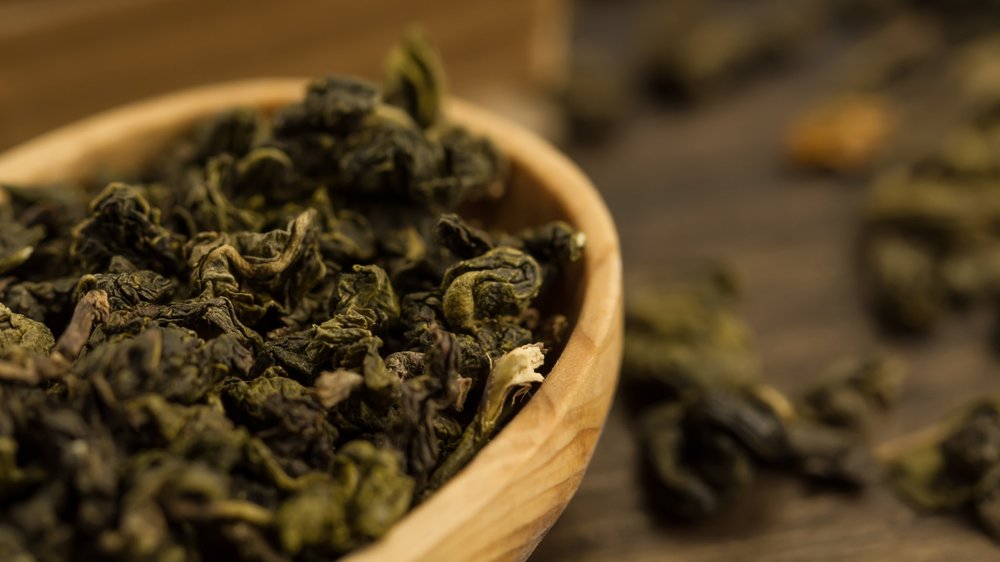The category of Oolong is the largest and most ambiguous category. When asked how to describe Oolong tea many opt to say, not a green tea, but not a black tea. This is as accurate as we can get regarding this category due to the spectrum being large with Oolong teas varying from lightly roasted and jade green in appearance to heavily roasted and blue-black. Oolong is also the most recent development in tea processing dating back to only the 1600s. The creation of Oolong was met with great response and quickly became a popular tea throughout China and eventually earned its place as the tea of choice in Chinese tea ceremony. There are many locations that produce incredible Oolong with China's WuYi Mountain range and Taiwan's various high elevation mountains procuring the most famously known in the world.
When making Oolong porcelain or clay it is recommended to maintain a proper heat throughout your brewing time. In contrast to green and white tea, there is a consensus that glass loses heat far too quickly to bring out the complexities of most Oolong teas. We recommended starting your experimentation around 190-205F where the lower end of the heat spectrum is known to bring out deep notes of malt and sweet butter, a highly sought after taste of light roasted Oolongs.
The world of Oolongs can be daunting to enter. For those wanting some guidance, we recommended our Jade Oolong for those interested in experiencing the lighter end of the Oolong spectrum and our spitfire Oolong for those wanting a heavier darker Oolong. These entry teas will allow you to experience the difference in prolonged roasting Oolong and its affect on the flavor of your cup.

